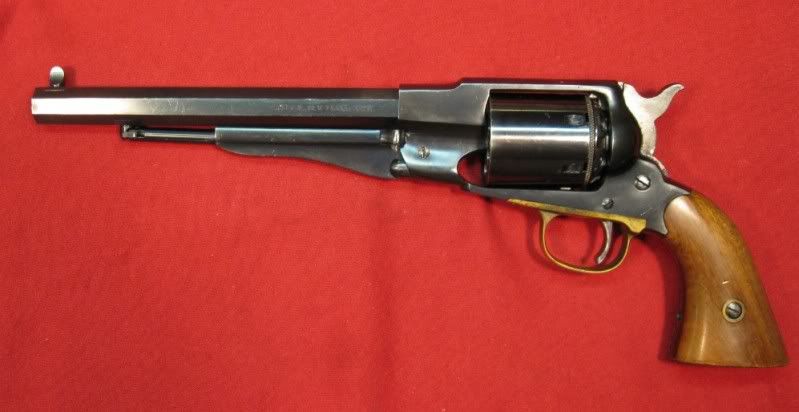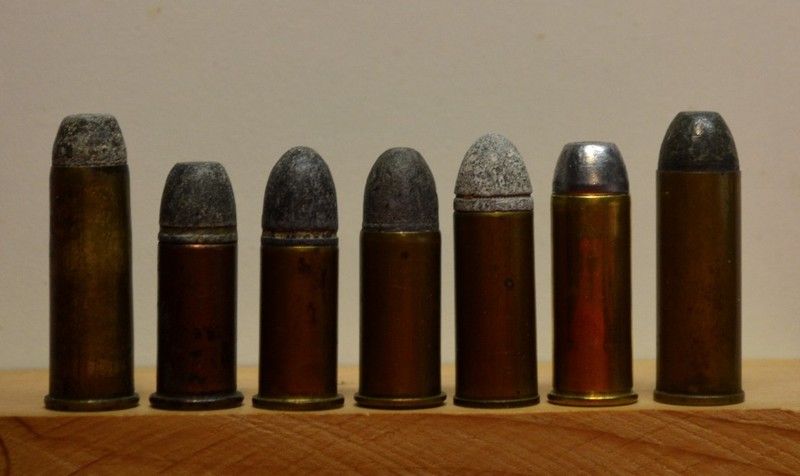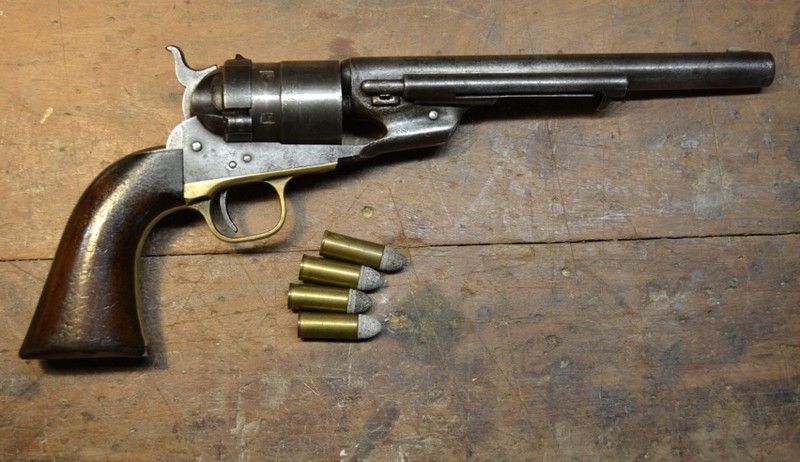I've been shooting a .36 Colt Navy with a conversion cylinder that brings it up to .38 for about a year now. I've never had any problems with it.
So I purchased two .44s; one Colt Navy mutant and an 1860 Colt Army.
When I insert the .38 rounds into the muzzle of my .36 caliber Colt Navy barrel, the lead disappears. So, it's a slightly loose fit. It shoots fine, but the bullets sometimes tumble. But that's not what I'm worried about.
Here's my problem. When I compare my .45 lead cowboy ammo to the muzzles of my .44s, they are too big- about a 16th of an inch of lead still shows.
My caliper shows the muzzle is .439 on both guns from groove to groove. Can I fire .45 black powder lead rounds through a .439 muzzle- or am I putting my fingers at risk?
So I purchased two .44s; one Colt Navy mutant and an 1860 Colt Army.
When I insert the .38 rounds into the muzzle of my .36 caliber Colt Navy barrel, the lead disappears. So, it's a slightly loose fit. It shoots fine, but the bullets sometimes tumble. But that's not what I'm worried about.
Here's my problem. When I compare my .45 lead cowboy ammo to the muzzles of my .44s, they are too big- about a 16th of an inch of lead still shows.
My caliper shows the muzzle is .439 on both guns from groove to groove. Can I fire .45 black powder lead rounds through a .439 muzzle- or am I putting my fingers at risk?







